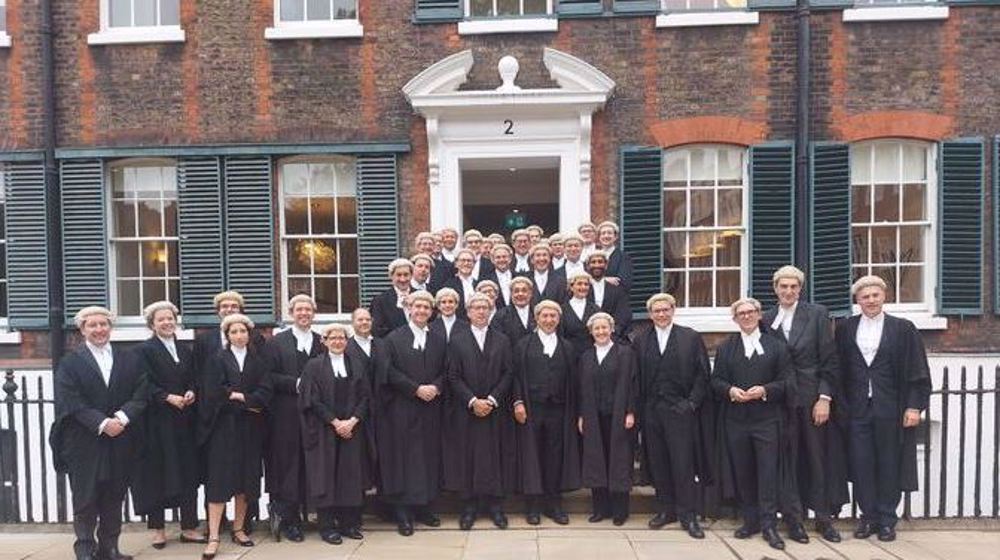Britain’s parliament fast tracks into modern videoconferencing hub
After 600 years of painstakingly slow evolution, Britain’s parliament took a leap into the future when the coronavirus pandemic struck, transforming its deeply traditional debating chamber into a modern videoconferencing hub.
Where lawmakers once forced their way into rowdy debate by “bobbing” up and down out of their seats, and cheered on their leaders with hearty “hear hears”, flat screen televisions now beam choreographed questions into a near-silent chamber.
The hybrid parliament model launched last month has allowed democracy to keep functioning as Britain endures a virus outbreak now linked with more than 40,000 deaths that stopped the country - and parliament - in its tracks in March.
“It’s like a giant TV studio,” said Matthew Hamlyn, a senior parliamentary official who helps manage proceedings in the House of Commons. “Only, rather than having your six guests on ... you have maybe 60, all over the country.”

Officials were given just two weeks by House of Commons speaker Lindsay Hoyle to modernise a system that prides itself on maintaining tradition, and has historically resisted technological change.
They met that challenge on April 22 when parliament held its first ever hybrid sitting, including a virtually hitch-free session of Prime Minister’s Questions, known nationwide as PMQs - the highlight of the weekly political calendar.
This week members conducted their first ever remote vote, eschewing a complicated and archaic system of lawmakers physically walking through voting corridors to register their approval or disapproval.
“I’ve been working in software engineering for 20 years and this is probably the pinnacle,” said Matt Stutely, Director of Software Engineering in the Parliament Digital Service.
“The House of Commons has voted remotely for the first time ever, and it’s existed for hundreds and hundreds of years.”
The future of the new system, always billed as a temporary fix rather than a permanent step, remains in the balance.
The government’s leader of parliamentary business Jacob Rees-Mogg has told lawmakers it is time to return to work in parliament itself but others say it is not yet safe and want the virtual system to continue.
The architects of the system, the army of procedural clerks, IT experts and fixers working behind the scenes, say the new parliament is not a like-for-like swap with the old way of doing business.
“Everybody recognises that this is very much a needs-must situation. It is not ideal,” said John Angeli, director of parliamentary audio-visual.
“There are clearly some advantages. It’s allowed the chamber to sit. But I think that members will be reflecting on whether or not this is sort of a sustainable way of wanting to do democracy.”
(Source: Reuters)
Israel strikes south Lebanon on Nasrallah’s funeral day, heightening tensions
Trump wants return on Ukraine aid: ‘We’re getting our money back’
The world’s longest tunnel between Iran and Qatar
Lebanese woman who defied ban to raise Nasrallah's photo at Beirut Airport speaks out
Iran reaffirms support for Lebanon, resistance amid Hezbollah leaders’ funeral
Spain, Norway condemn Trump’s scheme to expel Palestinians from Gaza
Syrians call for liberation of Golan Heights, resisting further Israeli land grabs
US B-52 bombers in West Asia do not scare Iran










 This makes it easy to access the Press TV website
This makes it easy to access the Press TV website